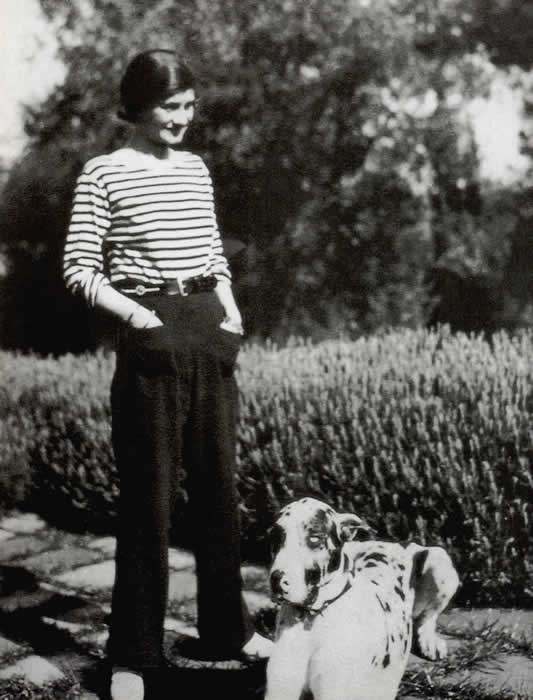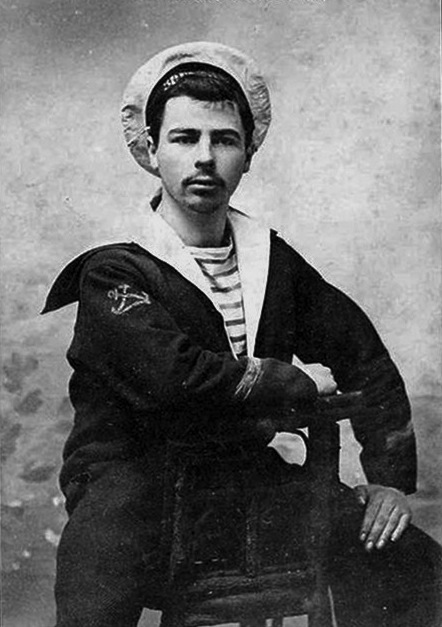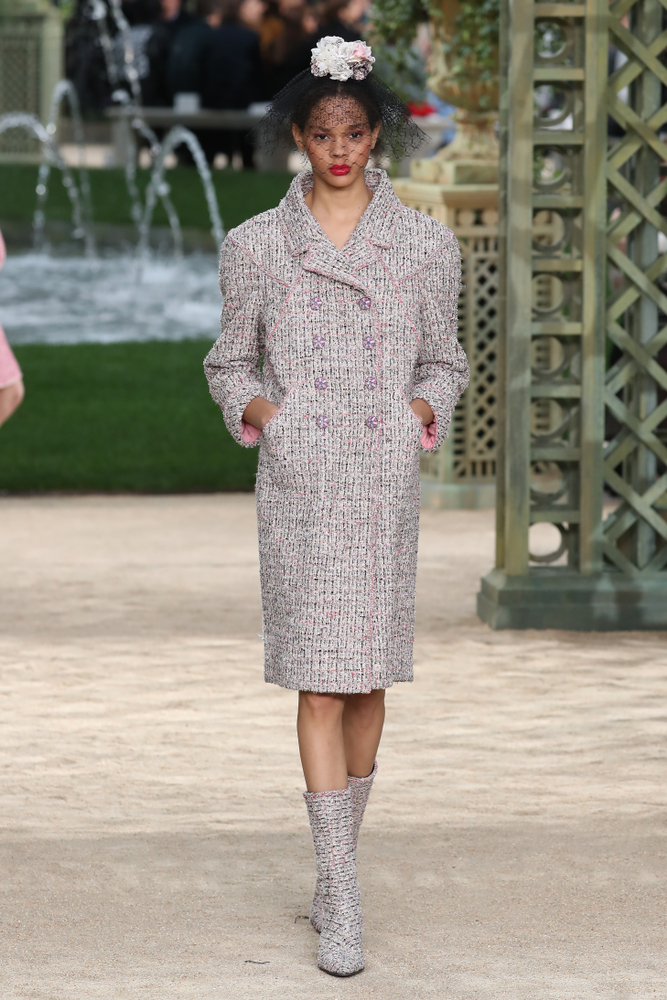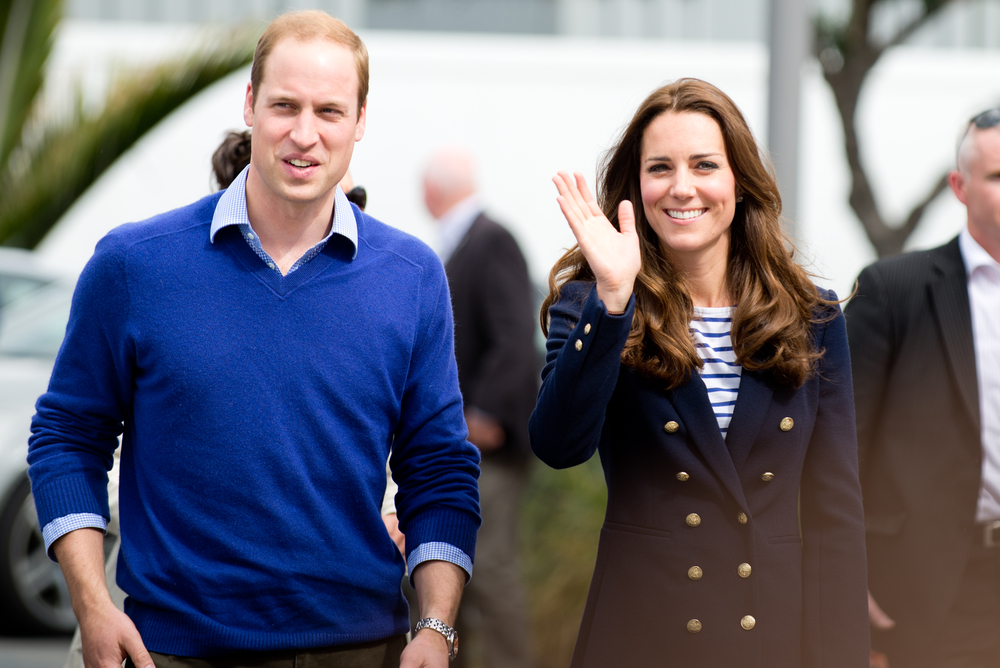We all know the stereotypical portrayal of a Parisian: a cigarette in one hand, baguette in the other, sporting a beret and a shirt with those infamous Breton stripes.
There’s some truth to this stereotype — stripes are extremely popular in France. If you look in a French person’s closet, you’ll most likely find what today is called a marinière shirt. Many people attribute the rise of the pattern to designer Coco Chanel, but according to Chanel expert and textile historian Dr. Lourdes Font, she wasn’t the pioneer of this trend.
The myth that Chanel brought stripes to French fame goes a little something like this: Chanel, on her vacation to the French Riveria, was inspired by the French sailors’ blue and white striped shirt and incorporated it into her nautical collection in 1917. By doing so, Chanel transformed stripes from its association with sailors to a fashionable garment. But according to Font, “The belief that the stripes were released in her nautical collection is just not true.”
Font attributes the perpetuation of the myth that Chanel single-handedly made Breton stripes fashionable to the photo below. “Because she was famous, and that photograph became famous, she became linked to the popularization of stripes and t-shirts.”

“You have to look at the context here: it’s the summertime, she’s on vacation somewhere in the country — which at the time, was the only acceptable occasion for women to wear pants and t-shirts. They were not acceptable as city streetwear,” explains Font. In other words, this look wasn’t a bold fashion statement. It was just what everyone was wearing in that setting, and was made to be comfortable, not to be chic.
Early in her career, Chanel spent lots of time on the French seaside because she owned a hat-making shop in Deauville. This is where she drew inspiration from the sailor’s uniform for her nautical collection. But her fascination was with the collar of their tops, not the stripes.

She incorporated the collar into her ready-to-wear “wool, sailor-inspired shirt — the real marinière top — at her shop in Deauville,” which were flying off the shelves they were so popular, Font continues.
A few years later, Chanel became a couturier in Paris. She began to make custom garments that were “variations of the wool, collared marnière top with a matching skirt, which became the first version of the infamous Chanel suit.”
It is true that some of Chanel’s designs included stripes, but that wasn’t anything revolutionary. “It was the 1920s, modernism was in. Stripes are clean and graphic, which was very appealing, says Font. “If you look at other designers at the time, everyone was doing stripes.”
While Chanel wasn’t the one to popularize the already well-loved pattern, her marinière top revolutionized womenswear. The loose-fitting garment deviated from the tight, corset style of the time. The nautically-inspired sailor collar has withstood the test of time as it’s still featured in present-day collections.

We can thank Chanel for the sailor collar, but as far as the stripes go, they were just a result of the modernist period that the French, in particular, happened to take a large liking to. The stripes have remained popular all around the world and have been frequently spotted on celebrities throughout the decades — a testament to their timelessness.

Featured image: Stock Photos from Siberica / Shutterstock






